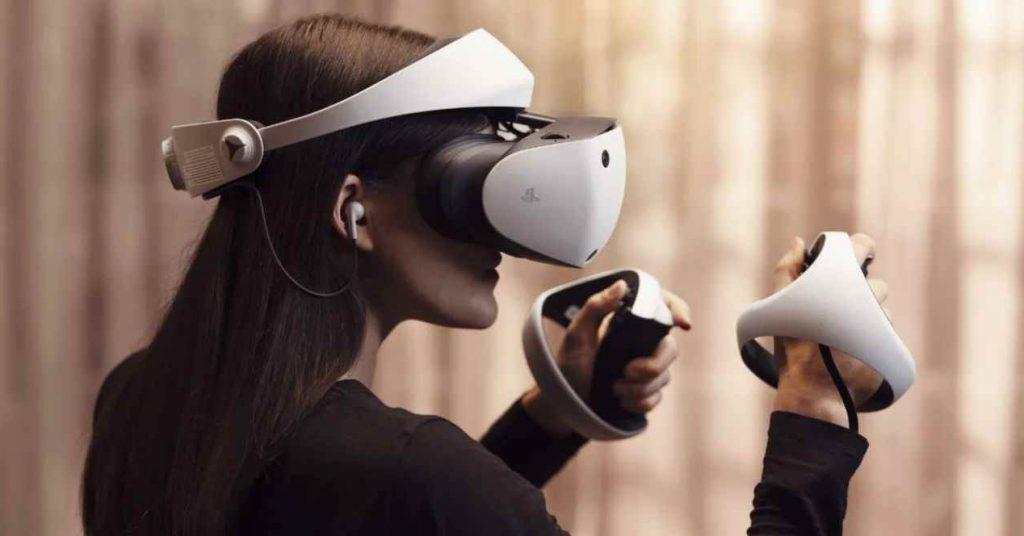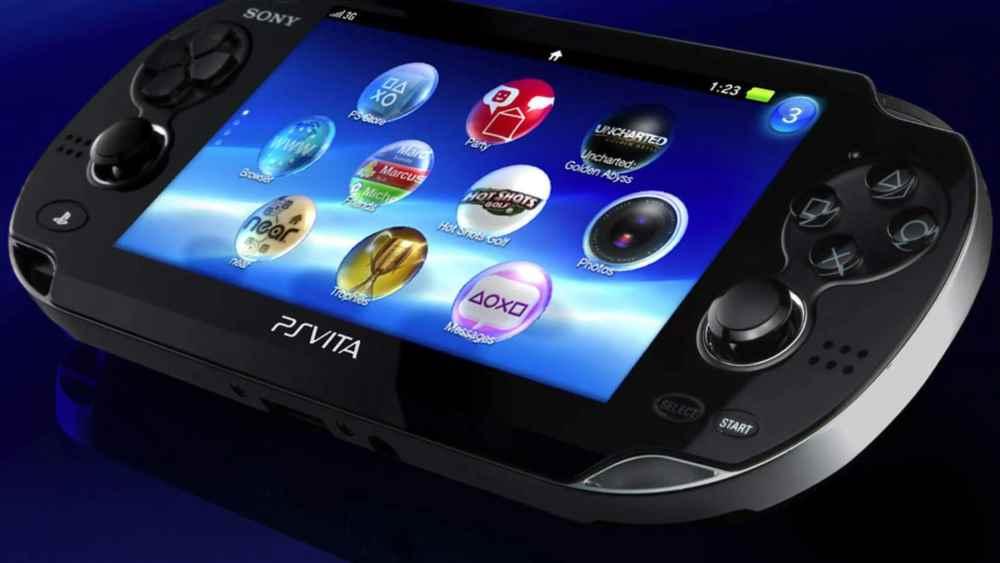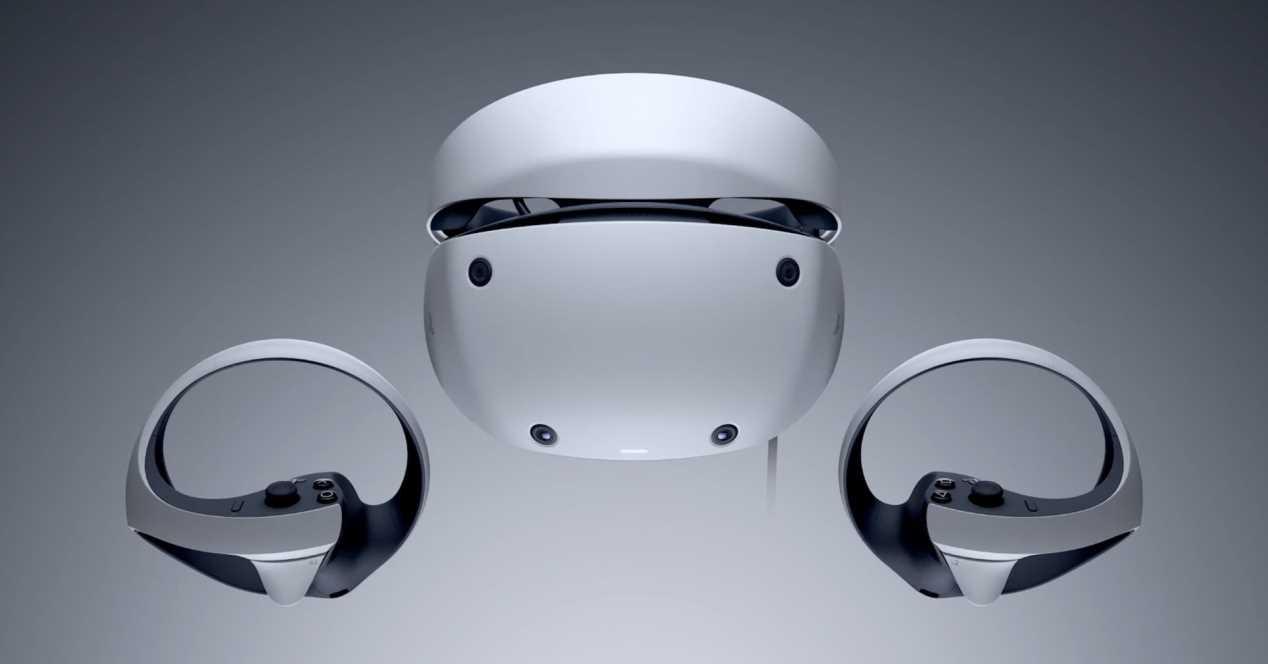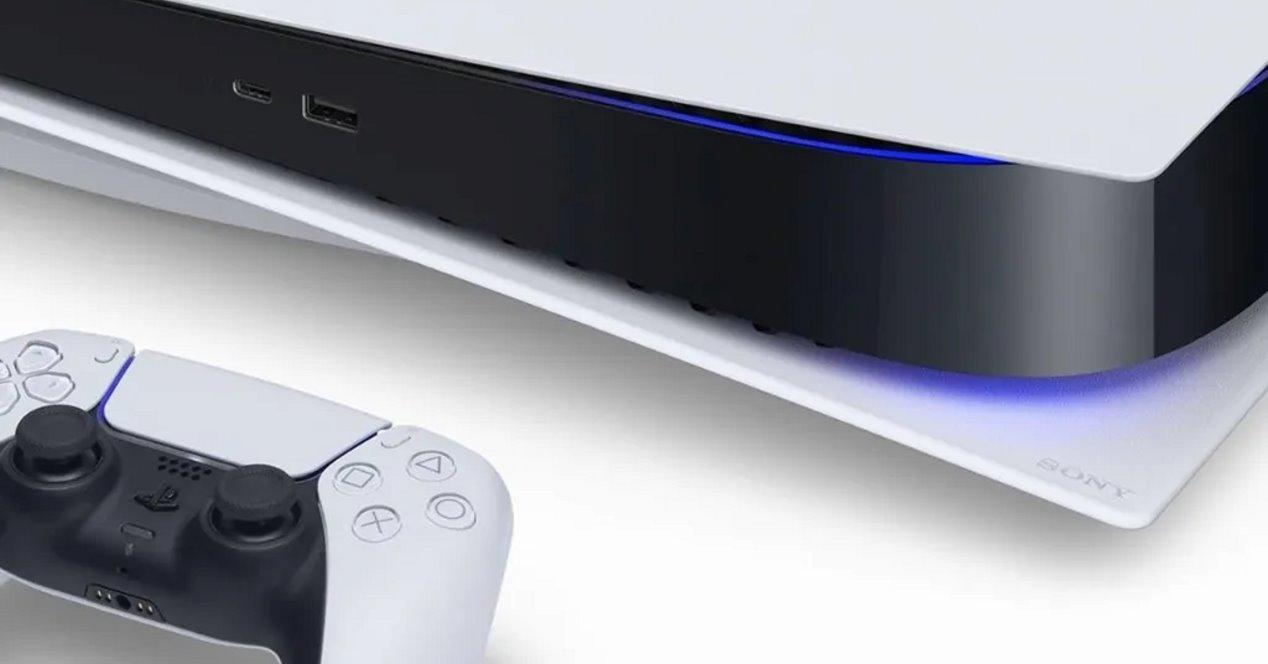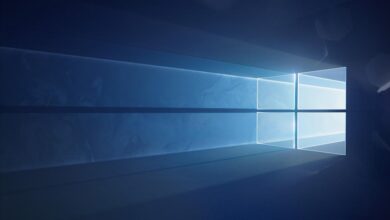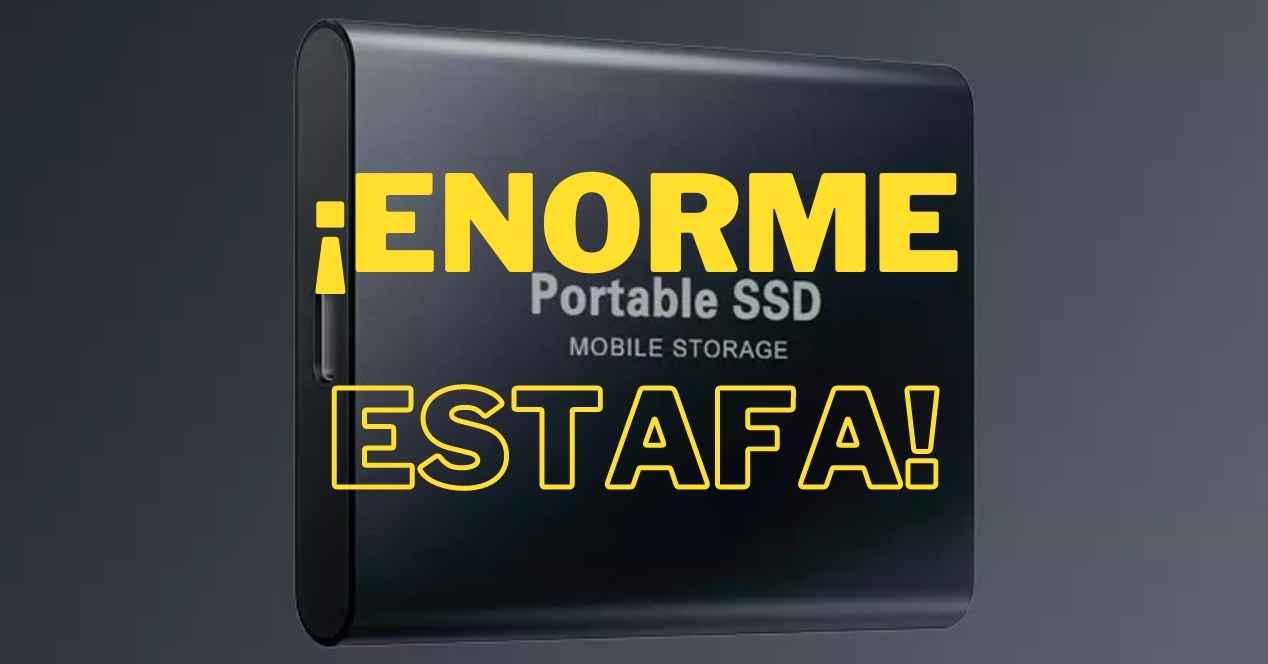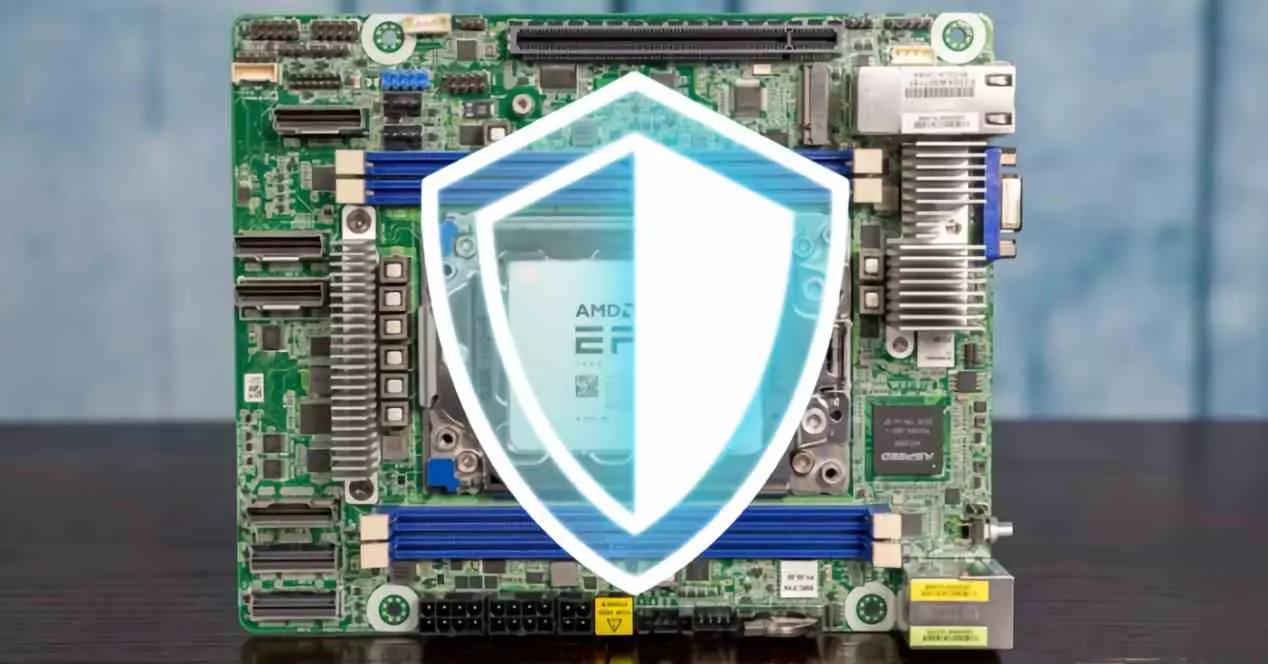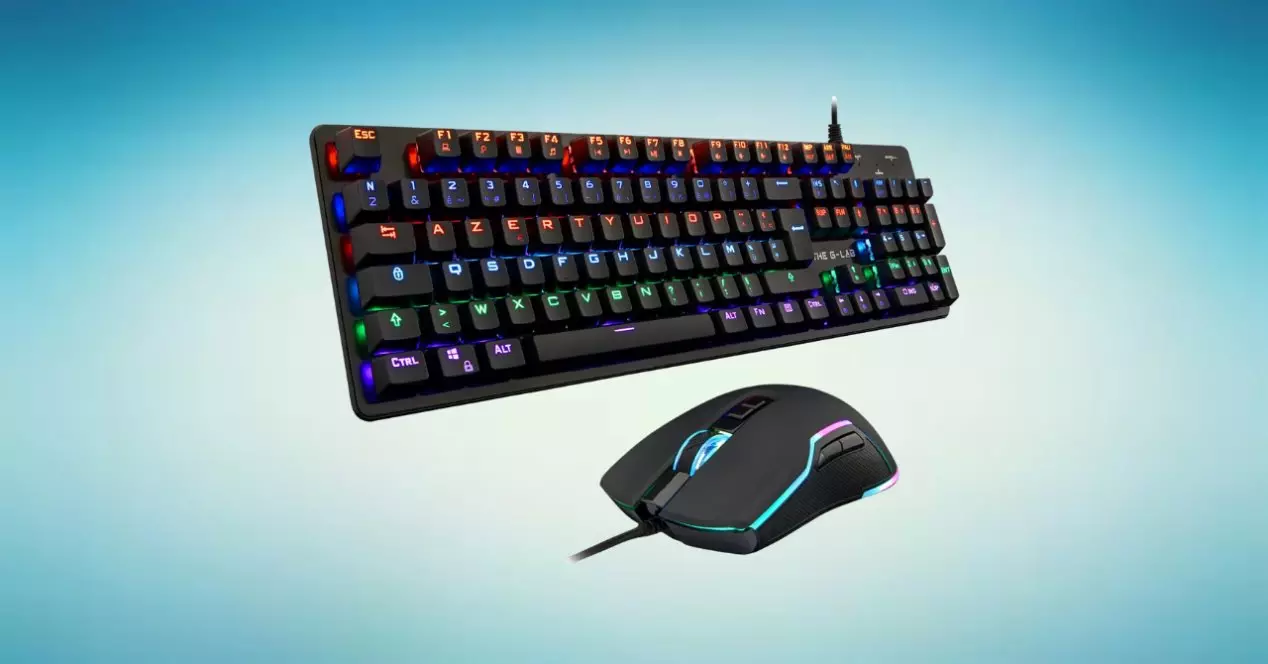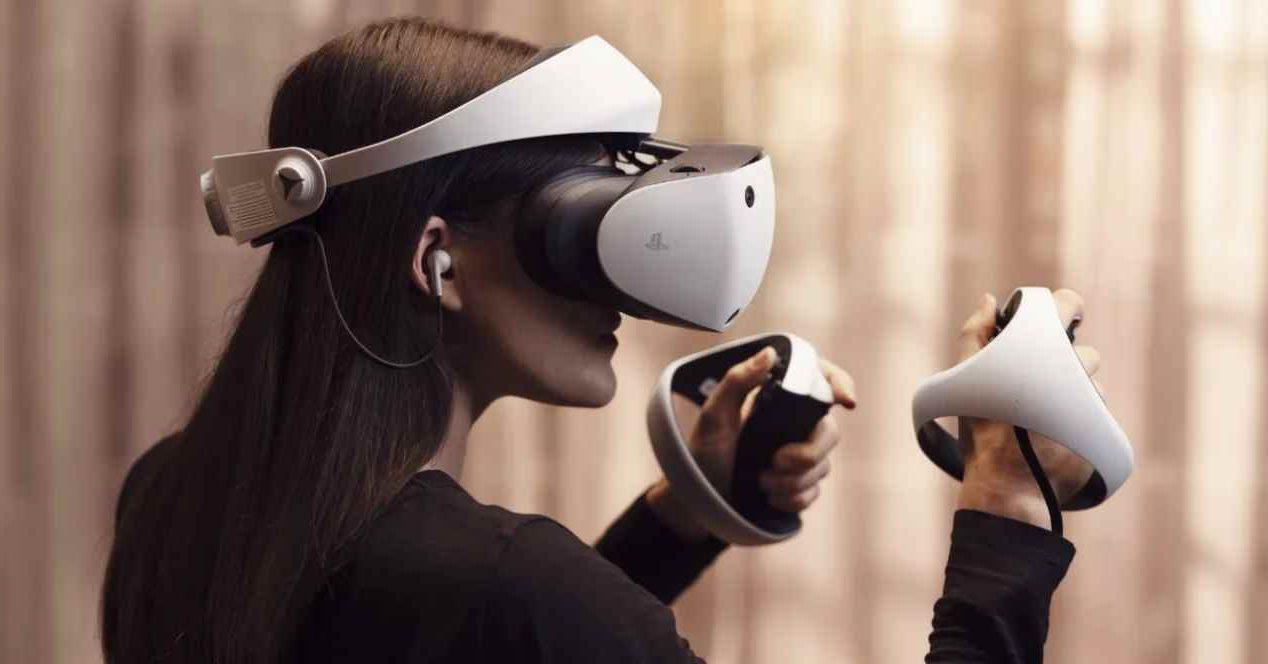
The imminent launch of PS VR 2 leads us to a series of questions associated not only with its future, but also with its approach and origin. All this leads us to be skeptical of the enormous expectation that they are causing, especially at launch. Are things really as they paint or is there more than meets the eye?
If we look at the history of PlayStation from its inception, it is undoubtedly a success story. However, there are some ghosts in the form of commercial fiascos that no one remembers anymore. The first PS VR were and the new glasses were about to not appear. Moreover, they have not done it in the best possible way for what is the medium of virtual reality. Are you subjugating the product by making it an add-on to your main console?
PlayStation and the fear of the second platform
One of the biggest problems that PlayStation has is the fact that it is terrified of competing with its main console, which makes sense and is that a company cannot be dividing its efforts and objectives in two products that compete for the interest of its users and internal resources for game development. This was the reason why they did not hesitate to give the coup de grace to their PlayStation Vita, not because of the lie of the games on mobile phones, since if it were true they would have supported said platform, but because they did not want a internal competition.
And this is not something that affects them exclusively, Nintendo had the same mistake when its portable console, 3DS, began to have enough power to propose proposals in the field of television consoles. The result? Incredible fiasco of Wii U and Nintendo Switch being a hybrid console, a smart move like Kasparov or Karpov that has allowed them to be in a privileged position.
However, the situation of PS VR 2 is different
Historically, the technology hasn’t worked on consoles if it didn’t come standard with the system. For example, no one would have bought the Wii remote if it had been a Gamecube accessory and, on the other hand, despite the advantages of CDs over cartridges, we had to wait for the consoles to come with a CD drive included. In any case, it is important that the integrated technology adds value to the end user, since cases such as the Kinect fiasco on Xbox One or the Wii U remote may occur, which did not give the system a perception of improvement over it.
With the PS VR 2 there are two possibilities in this alternative scenario, the first is to sell the unit together with the console, causing it to overcharge the final price and seeing it as a superfluous and forced element. The second, on the other hand, would imply following the same path as Meta with its Quest, with a similar unit, possibly a clone, but compatible with PS5 and that will use the name of the console to sell more.
The second option sounds like the smartest and most viable, however, this means that SONY should divide its resources to make games for the new platform. Seeing the resources in personnel and time that the PlayStation AAAs require, they are not interested, since that would limit them even more.
The reality: PS5 was not created for Virtual Reality
So PS VR 2 was on the line for a long time and the reason for this is that the console does not have optimizations for virtual reality or those that it could benefit from. In other words, we are talking about a product that was most likely a last-minute decision by Jim Ryan’s board of directors and that really arrives out of date, not in specifications and quality, but for convenience.
What do we base it on? Virtual reality is based on generating two images at the same time, one for each eye, since rendering in stereo is required. The PS5 GPU performs each image in its own time, which means significant latency when generating the images. Note that the position of objects changes slightly from the perspective of each eye. So the entire 3D pipeline is different.
In other words, the PS5 GPU does not have the ability to virtualize itself and function as two units running in parallel sharing resources. Another trick is to generate the scene geometry with one eye and derive a from that the position of the second eye. Which is much more efficient than a dual system, but not even this has been integrated. Although, of course, these shortcomings are not only in the GPU.
Lack of specialized units in the console for the PS VR 2
The Qualcomm processor integrated into the Meta Quest 2 has a series of coprocessors specialized in interpreting the position of the tracking in the controls and in the main unit. However, these units are not in the PS5 chip and therefore it is necessary to include them as standard in the HMD. So PS VR 2 ends up needing a chip with its memory to work well. Which leads us to the fact that it would have been possible to make an autonomous and independent unit, but for the reasons that we have told you, SONY is not interested.
If SONY had added such units to the core chip of their console, then there would be no need to implement them in the HMD. Simply, the information would be captured through the sensors and would go through the console’s USB-C cable. However, we find that it does not have enough bandwidth to do this. So it shows us that PS VR 2 was an afterthought.
While there have been a slew of patents issued by SONY itself in connection with a new virtual reality headset, its existence was nothing short of an obscure, backroom project to say the least. That is why in the middle of CES in 2021 the announcement surprised us and we know from reliable sources that more than one development study as well. What’s more, the staff in charge of developing the first PS VR left in 2018 after the commercial fiasco of the first generation.
The post Will PS VR 2 end up in the bucket of failed peripherals? appeared first on HardZone.
